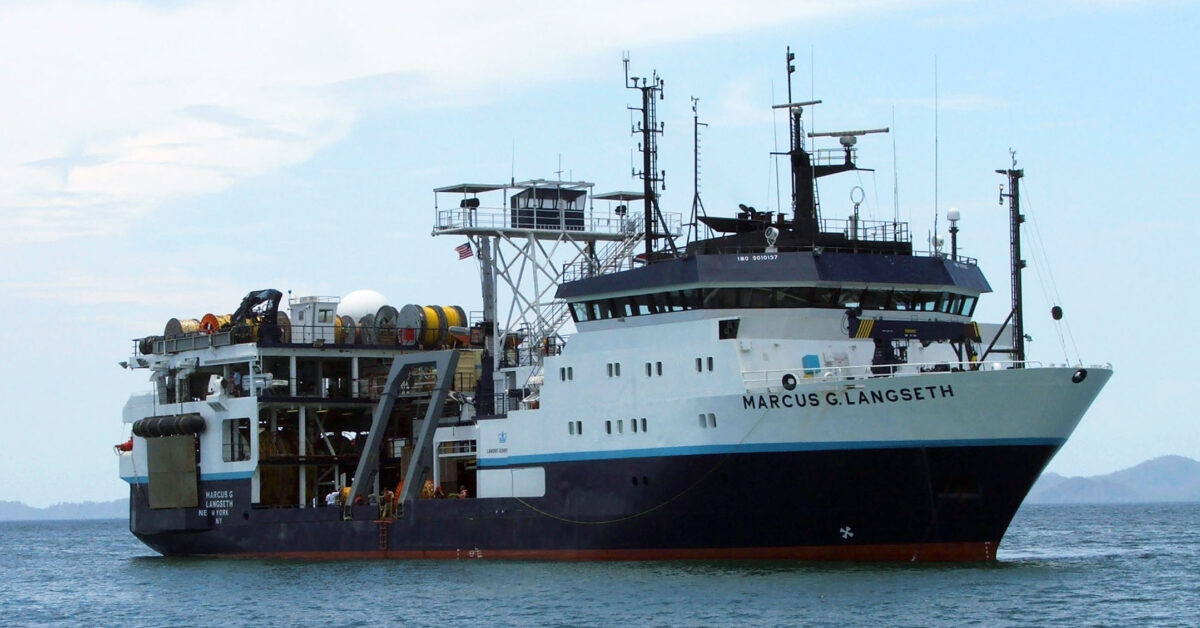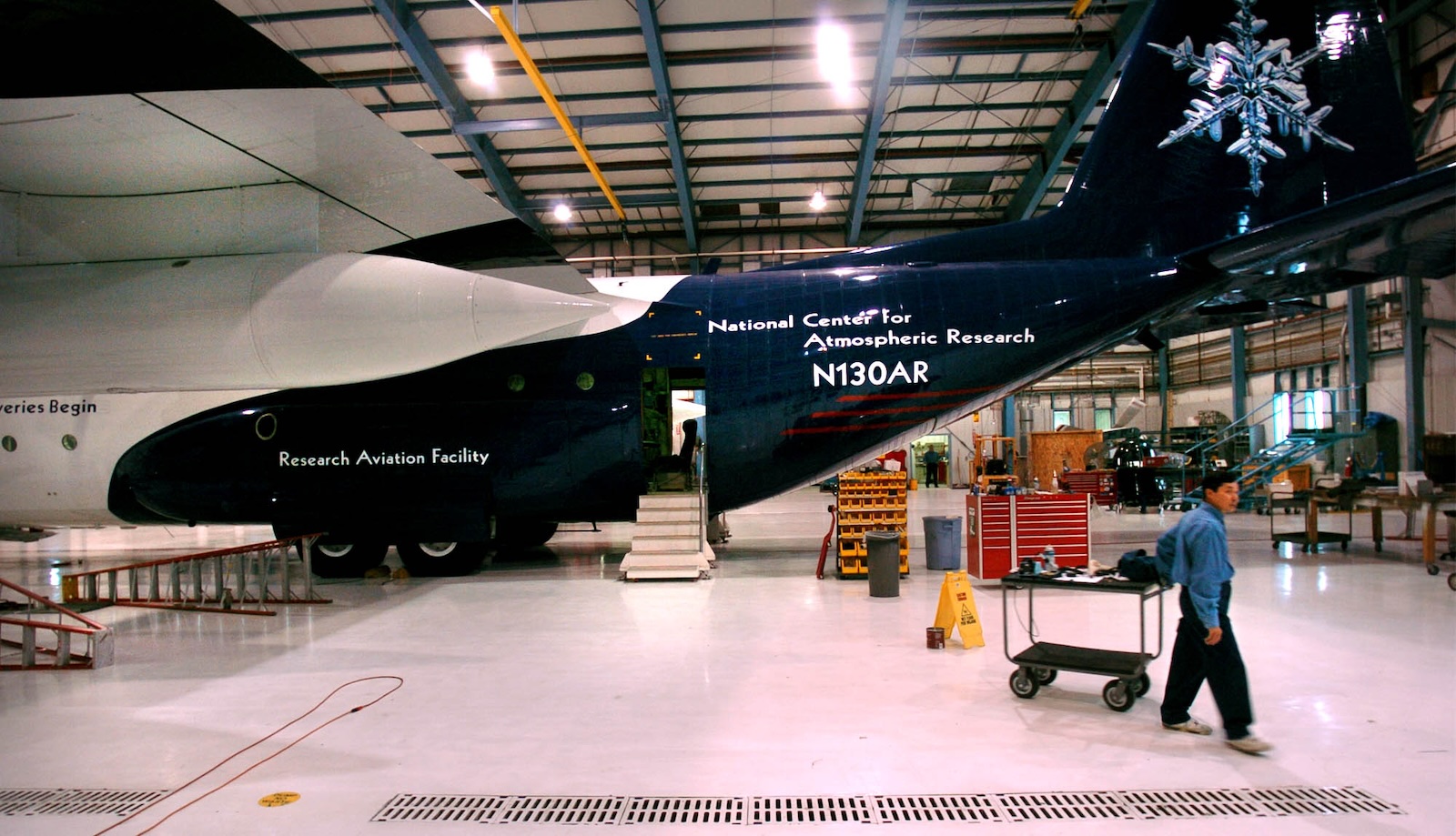Today is UN World Oceans Day, and this year’s theme is “Wonder: Sustaining What Sustains Us.” One researcher who has spent years exploring these wonders is Vicki Ferrini, a marine geophysicist and a senior research scientist and geoinformatics expert at Lamont-Doherty Earth Observatory, which is part of the Columbia Climate School. Ferrini also heads the Atlantic and Indian Ocean Center of the Nippon Foundation-GEBCO Seabed 2030 Project (Seabed 2030), which is a global initiative that seeks to complete the map of the ocean floor and provide a publicly accessible seabed map by 2030.
In the Q&A below, Ferrini shares her perspective on current marine research, the importance of international collaboration as well as what brings her hope for the future of this global field.
How would you describe the current state of ocean science and research?
Right now, there is a real recognition that the way to do this work is through collaboration. I think that between the ocean decade we’re in the midst of and other initiatives like Seabed 2030, researchers acknowledge that cross-sector collaboration and integration of data will help us make better and more complete observations about the environment.
I think most of the events I’m participating in this month, including Capitol Hill Ocean Week, Explorer’s Club, NYC Ocean Tech Summit and the UN Ocean Conference, are really focused on that theme—both the longstanding partnerships we’ve benefited from here in the U.S., as well as new partnerships that are growing around the world. We’re really starting to pool data from ocean research and recognizing that data that might not have value to some people has value for others. Collecting, curating and sharing that data can have a big impact and return on investment on a larger scale.

What percent of the ocean have we been able to map so far?
Sometime this month, we’ll announce the latest authoritative international number. But as of a year ago it was 26%. This represents the efforts of countless individuals and organizations from all around the world. As we continue our efforts to map the global ocean, we’re still trying to figure out optimal ways of filling data gaps. We’re making progress all the time, speeding up processing and integration, and new technology is accelerating data acquisition. What’s most exciting to me is that we’re sort of perched on the potential of a huge influx of data that will not only reveal the hidden parts of our planet but will also lead to discoveries and solutions that impact people.
The project you’re working on involves leveraging open-source data and creating a public map of the entire seabed by 2030. Can you talk a little bit about that and why it’s so important?
If we go back to the origins of Lamont and some of the very early work done here, we see the power of aggregating data so the whole is bigger than the sum of the parts. Our individual observational footprint tends to be pretty small when we’re working in the ocean, partly because of physics. For example, we can only image or see through water over very short distances. But as we start to bring more data together, we gain new insights. We gain a broader perspective when we make data open and truly prioritize accessibility. It’s not just experts who can work with raw data formats who benefit. We can actually structure data for people to conduct transdisciplinary and cross-disciplinary research. We start to gain new perspectives just by having more people at the table.
When we think nationally, we’ve had a lot of effort put into making sure data that is collected with federal grants and public resources are accessible to the public. We’ve made great discoveries with those data and we have also developed incredible data systems and synthesis because of public access policies. That is a big sign of American leadership and delivers added return on investment. Now we are seeing a significant increase in this work internationally and we get to start to unite data across the world. I think this is where there’s a lot of power, potential and collaborative opportunity.
You mentioned several conferences on ocean research you’ll be attending in the coming weeks. Why are these meetings so vital?
A lot of these events are about ocean exploration, mapping and general discovery. We’re in the midst of a really big shift in how we work in the ocean space. There are a lot more players now than there were in the past, which is awesome. There’s more involvement from the private sector, more investment from philanthropy and we’re seeing more collaboration across sectors. We really have the potential to scale in ways that weren’t possible before, not only because of the number of players in the ocean enterprise, but also because of the increasing number sensors and emerging technology. The pace of computing has also become a lot faster. All of these things together are creating a potential flood of data, and our challenge is to connect and manage it. We’ve all been accustomed to working in our lanes and we tend not to look to adjacent lanes, but there’s real power in cross-silo connections that could be made.
What do you hope to take away from these national and international conferences?
Other than the general benefit of engaging with the growing community of participants, we’re really thinking about and trying to address the problems of scale. We’ve been working to put together ocean-mapping data through the Seabed 2030 project and we recognize that uniting a global coalition is the only way to build this map. We still have a long way to, but if we can figure out how to scale our efforts, we’ll be able to not only have a more complete picture of the ocean, but we’ll accelerate progress. We’ll also have a chance of keeping pace with the dynamics of the ocean.
The UN Ocean Conference is going to be a really inspiring week where we’ll be interacting with people from all over the world who are really motivated and passionate about understanding, protecting and managing the ocean so that it can help to sustain us into the future. These kinds of events are really beneficial in terms of not just bringing people together to understand what is happening around the world, but they also remind us there’s great progress being made and that we’re going to continue to make progress, together, even when times are tough.
Source link
Olga Rukovets news.climate.columbia.edu


